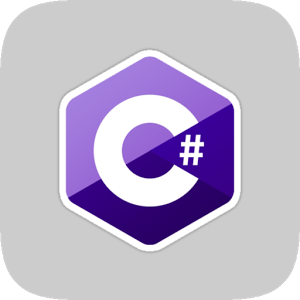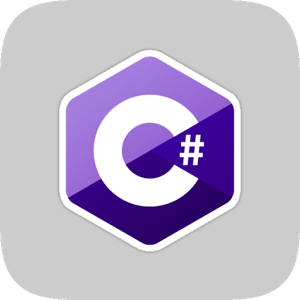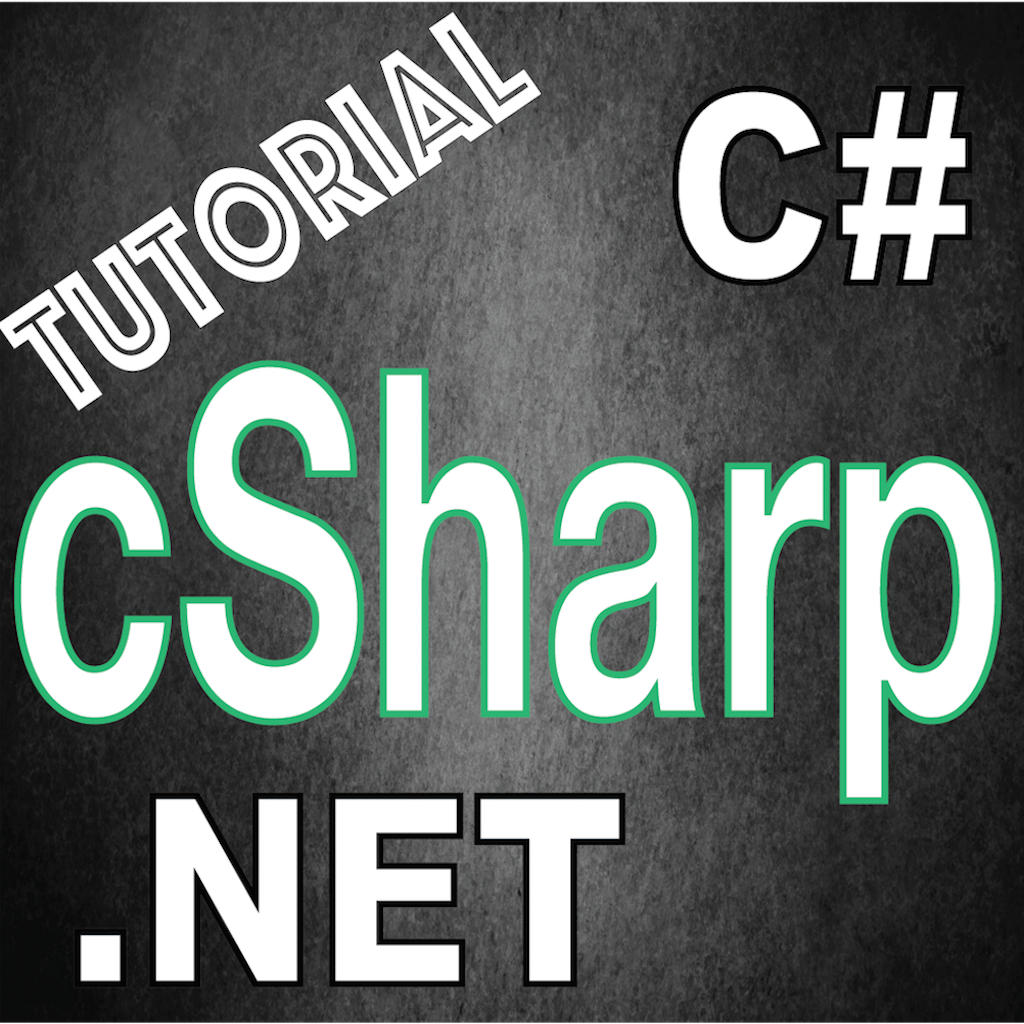Take you through C#7 new features example tutorial
"[Translation] New Features of C# 7" spends a lot of space introducing the 9 new features of C# 7.0. Here I will give a quick introduction to them through examples based on project experience, so that everyone can learn them in a short time. Learn about them within time. In general, these new features make C# 7.0 easier to write code with functional programming ideas. C# 6.0 has done a lot of work on this road, and C# 7.0 is one step closer! Expressions everywhere In C# 6.0, you can use Lambda expressions for member methods and read-only properties. The most frustrating thing at the time was why the set accessor of the property was not supported. Now, not only the set method supports Lambda expressions, but also constructors, destructors, and indexes can be defined in Lambda expressions. classSomeModel { Private string internalValue; &am
1. Summarize the points to note about C#7.0

##Introduction: "[Translation] New Features of C# 7" spends a lot of space introducing the 9 new features of C# 7.0. Here I will give a quick introduction to them through examples based on project experience, so that everyone can Learn about them in a short period of time. In general, these new features make C# 7.0 easier to write code with functional programming ideas. C# 6.0 has done a lot of work on this road, and C# 7.0 is one step closer! Expressions everywhereC# 6.0, you can use Lambda expressions for member methods and read-only properties...
2. New features of C# 7.0 (quick overview)

Introduction: "[Translation] New Features of C# 7" spends a lot of space introducing C# 7.0 9 new features, here I will give a quick introduction to them through examples based on project experience, so that everyone can understand them in a short time. Overall, these new features make C# 7.0 easier to program functionally...
3. C# 7.0's ref locals and returns (local variables and reference returns ) Detailed explanation

Introduction: This article mainly introduces ref locals and returns of C# 7.0, that is, local Variables and reference returns have certain reference value. Interested friends can refer to
4. Take you through C#7 feature code examples

Introduction: Over the past year, we have presented our readers with several features that have been considered for inclusion in C# 7. In the recently released preview version of Visual Studio 15, Microsoft decided to expose these features to users and make them part of the final release of C# 7.
The above is the detailed content of Take you through C#7 new features example tutorial. For more information, please follow other related articles on the PHP Chinese website!

Hot AI Tools

Undresser.AI Undress
AI-powered app for creating realistic nude photos

AI Clothes Remover
Online AI tool for removing clothes from photos.

Undress AI Tool
Undress images for free

Clothoff.io
AI clothes remover

AI Hentai Generator
Generate AI Hentai for free.

Hot Article

Hot Tools

Notepad++7.3.1
Easy-to-use and free code editor

SublimeText3 Chinese version
Chinese version, very easy to use

Zend Studio 13.0.1
Powerful PHP integrated development environment

Dreamweaver CS6
Visual web development tools

SublimeText3 Mac version
God-level code editing software (SublimeText3)

Hot Topics
 .NET Deep Dive: Mastering Asynchronous Programming, LINQ, and EF Core
Mar 31, 2025 pm 04:07 PM
.NET Deep Dive: Mastering Asynchronous Programming, LINQ, and EF Core
Mar 31, 2025 pm 04:07 PM
The core concepts of .NET asynchronous programming, LINQ and EFCore are: 1. Asynchronous programming improves application responsiveness through async and await; 2. LINQ simplifies data query through unified syntax; 3. EFCore simplifies database operations through ORM.
 How to use char array in C language
Apr 03, 2025 pm 03:24 PM
How to use char array in C language
Apr 03, 2025 pm 03:24 PM
The char array stores character sequences in C language and is declared as char array_name[size]. The access element is passed through the subscript operator, and the element ends with the null terminator '\0', which represents the end point of the string. The C language provides a variety of string manipulation functions, such as strlen(), strcpy(), strcat() and strcmp().
 How to use various symbols in C language
Apr 03, 2025 pm 04:48 PM
How to use various symbols in C language
Apr 03, 2025 pm 04:48 PM
The usage methods of symbols in C language cover arithmetic, assignment, conditions, logic, bit operators, etc. Arithmetic operators are used for basic mathematical operations, assignment operators are used for assignment and addition, subtraction, multiplication and division assignment, condition operators are used for different operations according to conditions, logical operators are used for logical operations, bit operators are used for bit-level operations, and special constants are used to represent null pointers, end-of-file markers, and non-numeric values.
 What is the role of char in C strings
Apr 03, 2025 pm 03:15 PM
What is the role of char in C strings
Apr 03, 2025 pm 03:15 PM
In C, the char type is used in strings: 1. Store a single character; 2. Use an array to represent a string and end with a null terminator; 3. Operate through a string operation function; 4. Read or output a string from the keyboard.
 Avoid errors caused by default in C switch statements
Apr 03, 2025 pm 03:45 PM
Avoid errors caused by default in C switch statements
Apr 03, 2025 pm 03:45 PM
A strategy to avoid errors caused by default in C switch statements: use enums instead of constants, limiting the value of the case statement to a valid member of the enum. Use fallthrough in the last case statement to let the program continue to execute the following code. For switch statements without fallthrough, always add a default statement for error handling or provide default behavior.
 How to handle special characters in C language
Apr 03, 2025 pm 03:18 PM
How to handle special characters in C language
Apr 03, 2025 pm 03:18 PM
In C language, special characters are processed through escape sequences, such as: \n represents line breaks. \t means tab character. Use escape sequences or character constants to represent special characters, such as char c = '\n'. Note that the backslash needs to be escaped twice. Different platforms and compilers may have different escape sequences, please consult the documentation.
 What is the function of C language sum?
Apr 03, 2025 pm 02:21 PM
What is the function of C language sum?
Apr 03, 2025 pm 02:21 PM
There is no built-in sum function in C language, so it needs to be written by yourself. Sum can be achieved by traversing the array and accumulating elements: Loop version: Sum is calculated using for loop and array length. Pointer version: Use pointers to point to array elements, and efficient summing is achieved through self-increment pointers. Dynamically allocate array version: Dynamically allocate arrays and manage memory yourself, ensuring that allocated memory is freed to prevent memory leaks.
 How to convert char in C language
Apr 03, 2025 pm 03:21 PM
How to convert char in C language
Apr 03, 2025 pm 03:21 PM
In C language, char type conversion can be directly converted to another type by: casting: using casting characters. Automatic type conversion: When one type of data can accommodate another type of value, the compiler automatically converts it.






